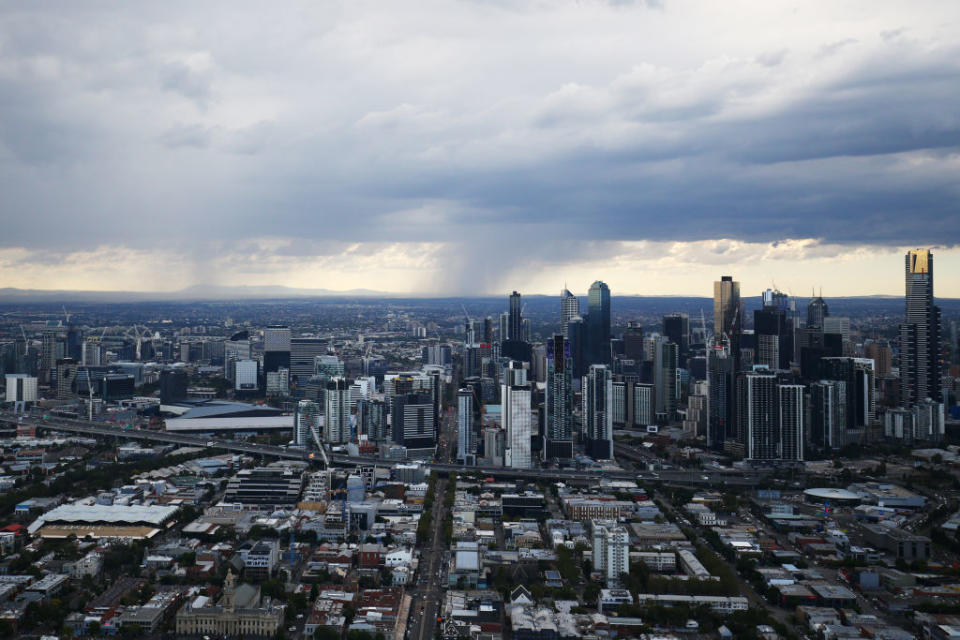JobShocker: What's wrong with the jobs market, and how to fix it

Despite the odd ray of sunshine in recent weeks, the Australian economy remains in a poor state – a recession at best, a depression at worst.
This disconcerting assessment is showing up in the labour market data which continues to show a parlous position for jobs, unemployment, underemployment and even workforce participation.
While the June labour force data showed a rise in employment as some retail and hospitality businesses reopened, unemployment rose and the underemployment rate remained just short of record highs.
Around 20 per cent of the workforce has either given up looking for work, is actually unemployed or is underemployed.
Also read: Unemployment hits new high as nearly 1 million jobless
More from The Kouk | RBA's next move will be 'boring'
More from The Kouk | 'Staggering': The 2020 Covid-19 depression explained
The rise in employment in the month of June needs to be put in context of the job destruction of earlier months. Taken together, it means the level of employment was a staggering 663,800 lower in June than in February. This is important to note given that in ‘normal’ labour market conditions, around 15,000 jobs are created each month.
The other labour market data were similarly grim.
Compared with February, the number of people classified as unemployment is up 296,000, underemployment is up 371,000 and the workforce participation rate is down a chunky 1.9 percentage points.
The social and mental health costs of this dismal state of the labour market is huge. The economic costs are similarly large.
How to fix the economy
The good news is the problems can be addressed and with good policy settings, fixed.
The way to fix the labour market and to get everyone who wants a job an actual job is to get economic growth humming.
A strong economy creates lots of jobs. It’s simple.
To be sure, this will be problematic while ever COVID-19 is in the community to any significant extent and worse, of course, when significant parts of the community, business and the economy are in lockdown as the health authorities work to arrest the spread of the virus.
But working on the basis that society will be able to deal with spot outbreaks of the disease, policy makers can, if they chose, get the economy growing again.
Most economists at the moment don’t have much faith in the current set of policies. The general consensus is for the unemployment rate to return to the pre-COVID-19 levels of 5 per cent in three to four years time. They see the economy not having the strength and momentum to see firms ramp up their investment, build decent profits and hire significant numbers of people.
Making problems more acute is the widespread wage depression unfolding across those lucky enough to have a job. Many businesses have imposed wage freezes until COVID-19 conditions pass. Others have delivered wage cuts.
This matters because without decent levels of household income growth, in concert with problematic labour market conditions, household spending will remain depressed.
Which brings us to the policy outlook.
What the government can do
There are policy levers the government can pull and push to underpin better economic conditions.
In simple terms, injecting cash into householder pockets will support spending and with that economic activity. Government funded spending on housing, transport infrastructure, local government and regional projects, incentives for business investment are all candidates for policy action.
Which brings us to Treasurer Josh Frydenberg’s economic statement next week.
This will be, arguably, one of the most important economic policy announcements in many decades. It is an opportunity for the Treasurer to recast the economic policy framework and debate about a narrative to get the economy and people back to work.
It is an opportunity to outline to big-picture macroeconomic policy decisions and more importantly the goals and objectives of those policy decisions.
It is possible that the labour market can be repaired, aided by stronger economic conditions, by the end of 2021. It will take further fiscal policy stimulus which generates economic activity and employment opportunities with it. Given how fragile things are right now, it would be better for the government to spend one dollar too much than to spend one dollar too little.
Now is not the time for penny pinching – it’s a time for bold economic stimulus for the sake of the unemployed.
Over to you, Mr Frydenberg.
Make your money work with Yahoo Finance’s daily newsletter. Sign up here and stay on top of the latest money, news and tech news.
Follow Yahoo Finance Australia on Facebook, Twitter, Instagram and LinkedIn.

 Yahoo Finance
Yahoo Finance 